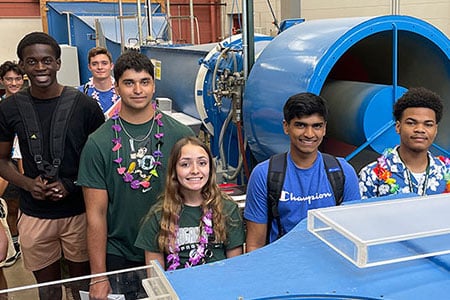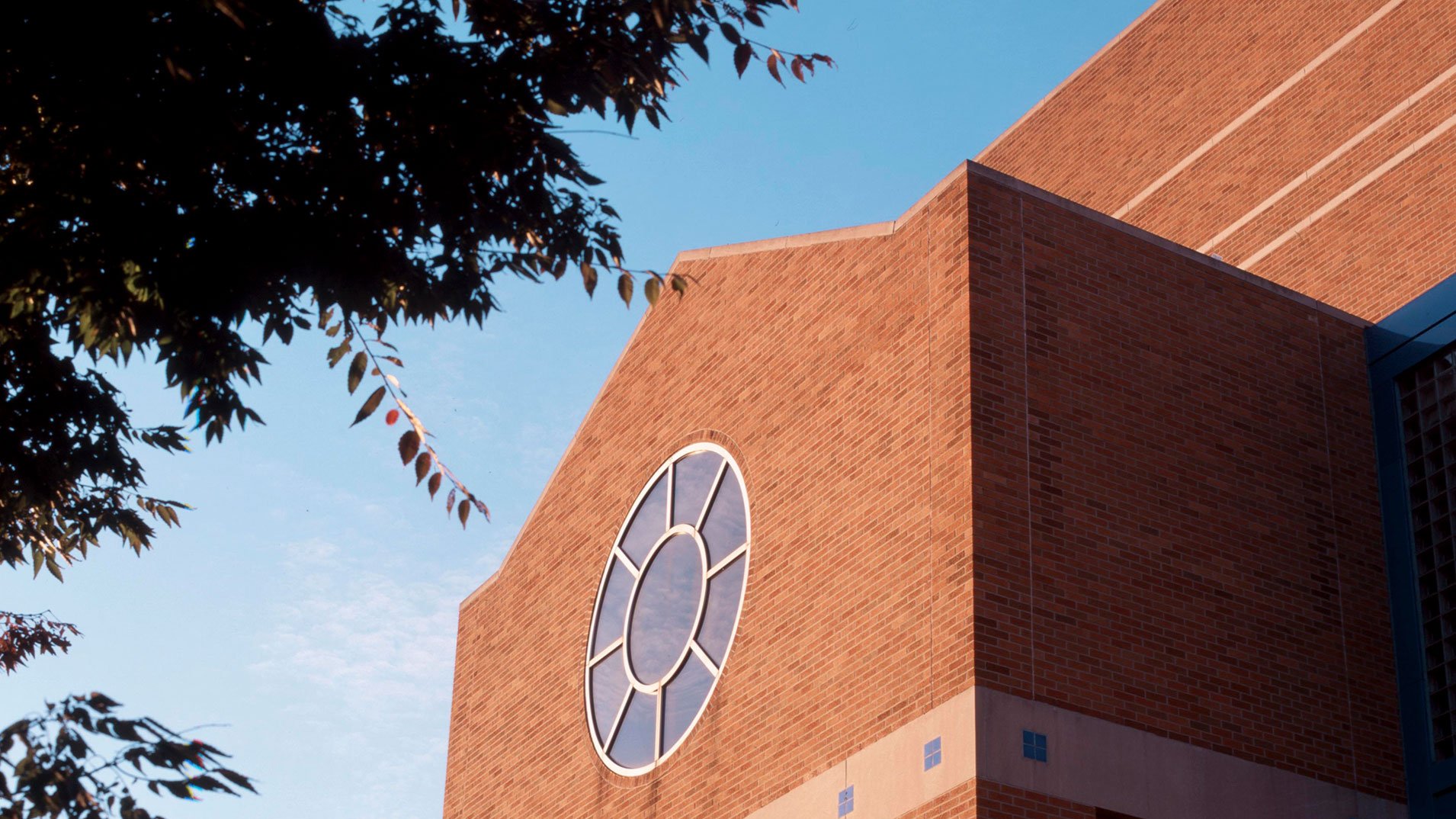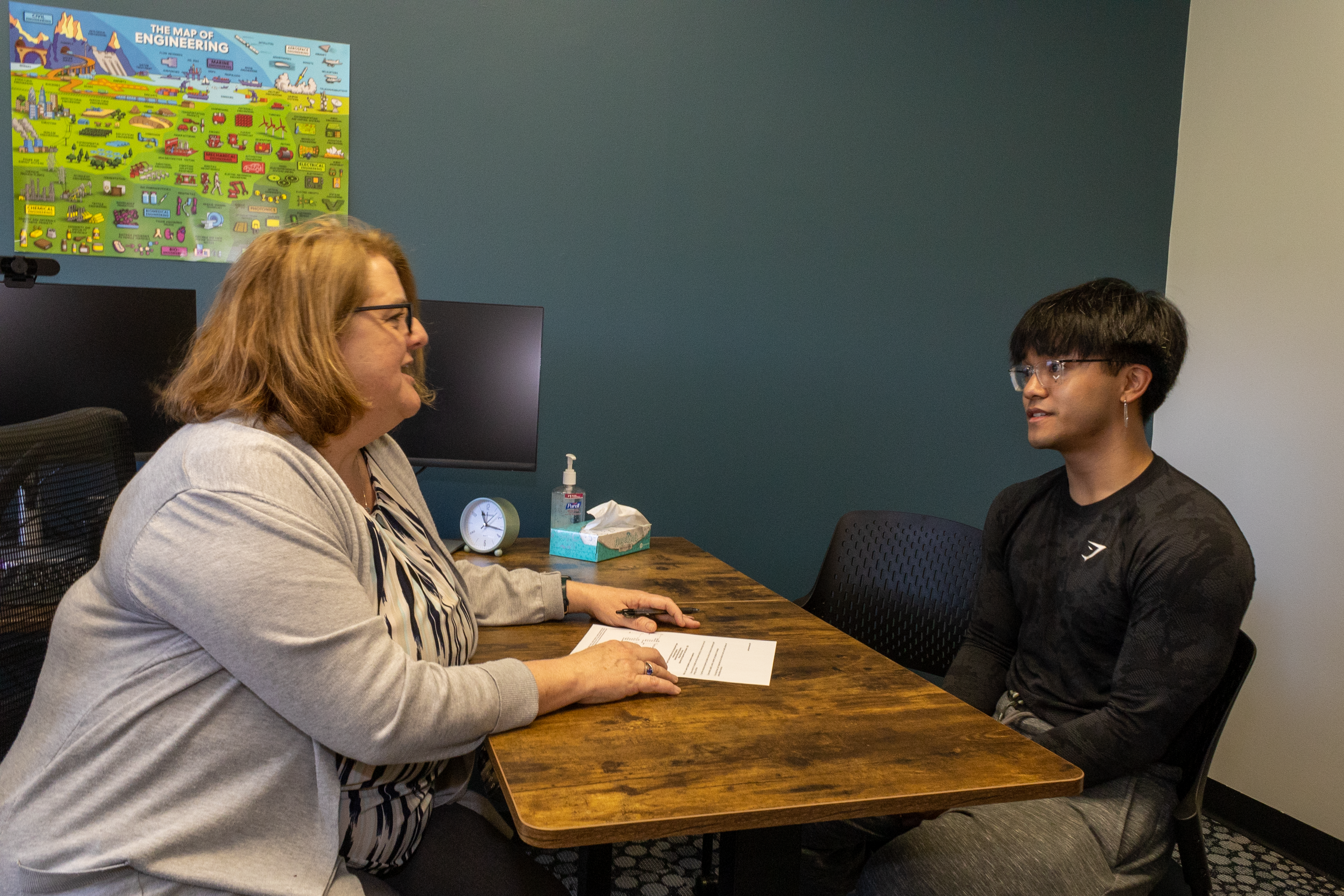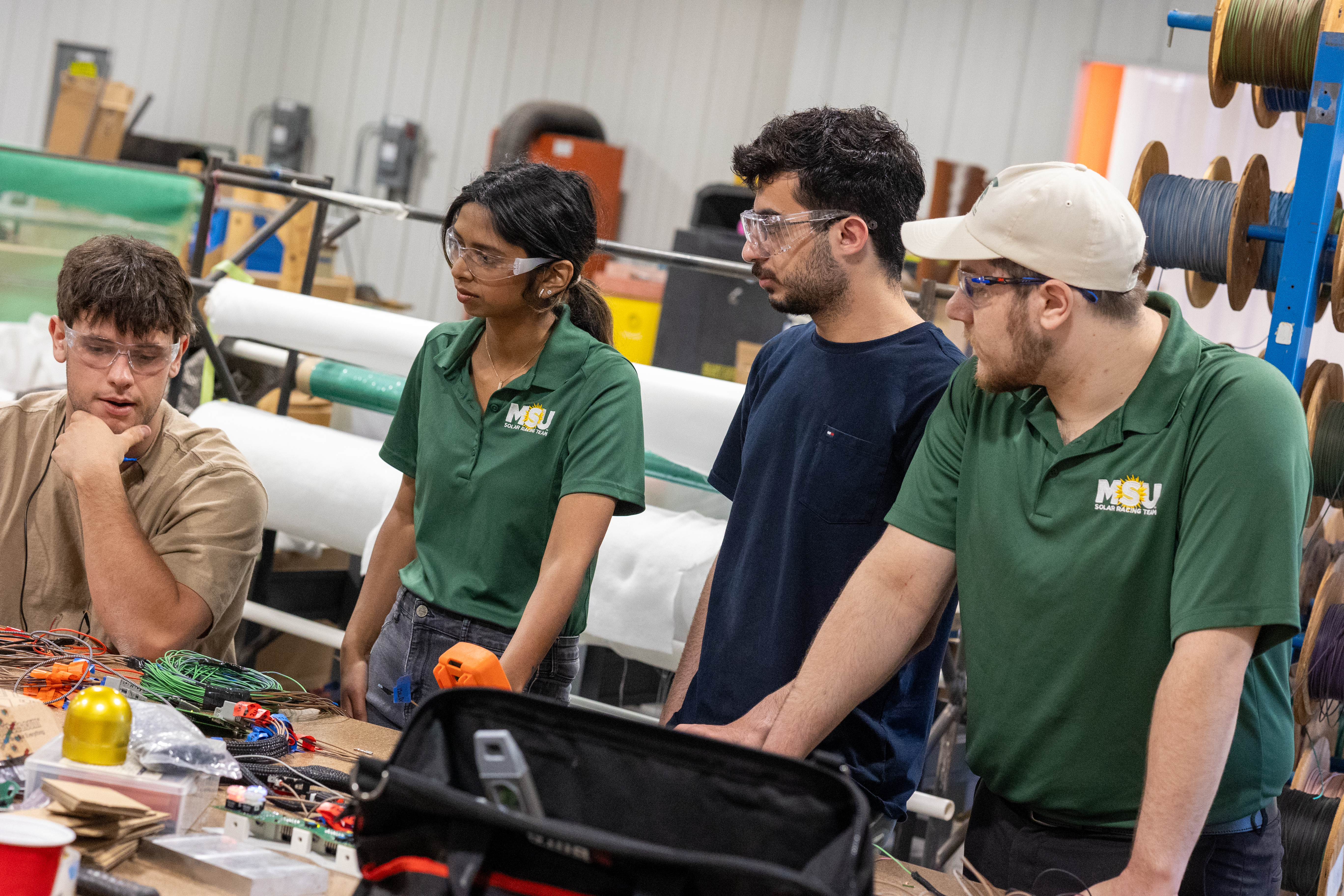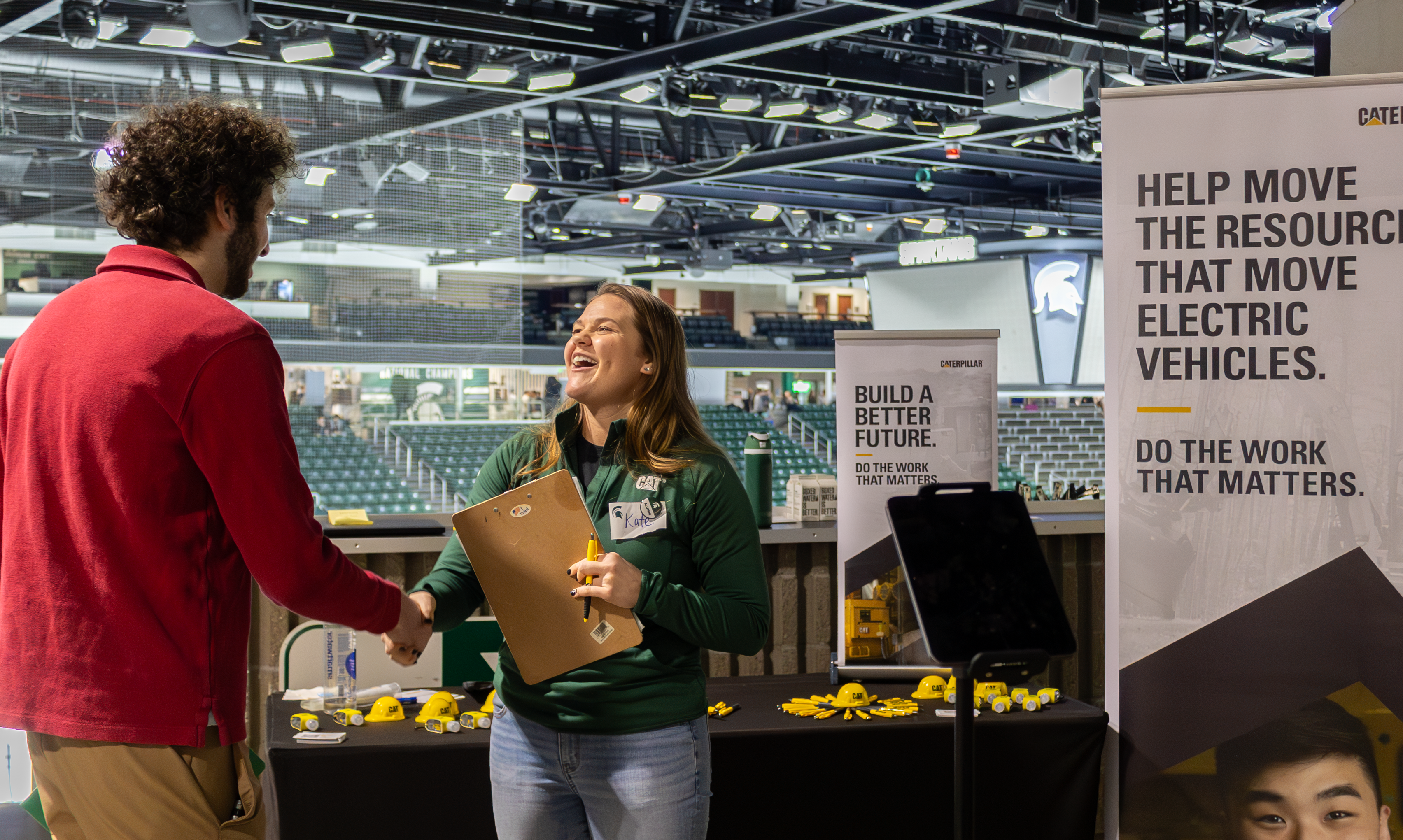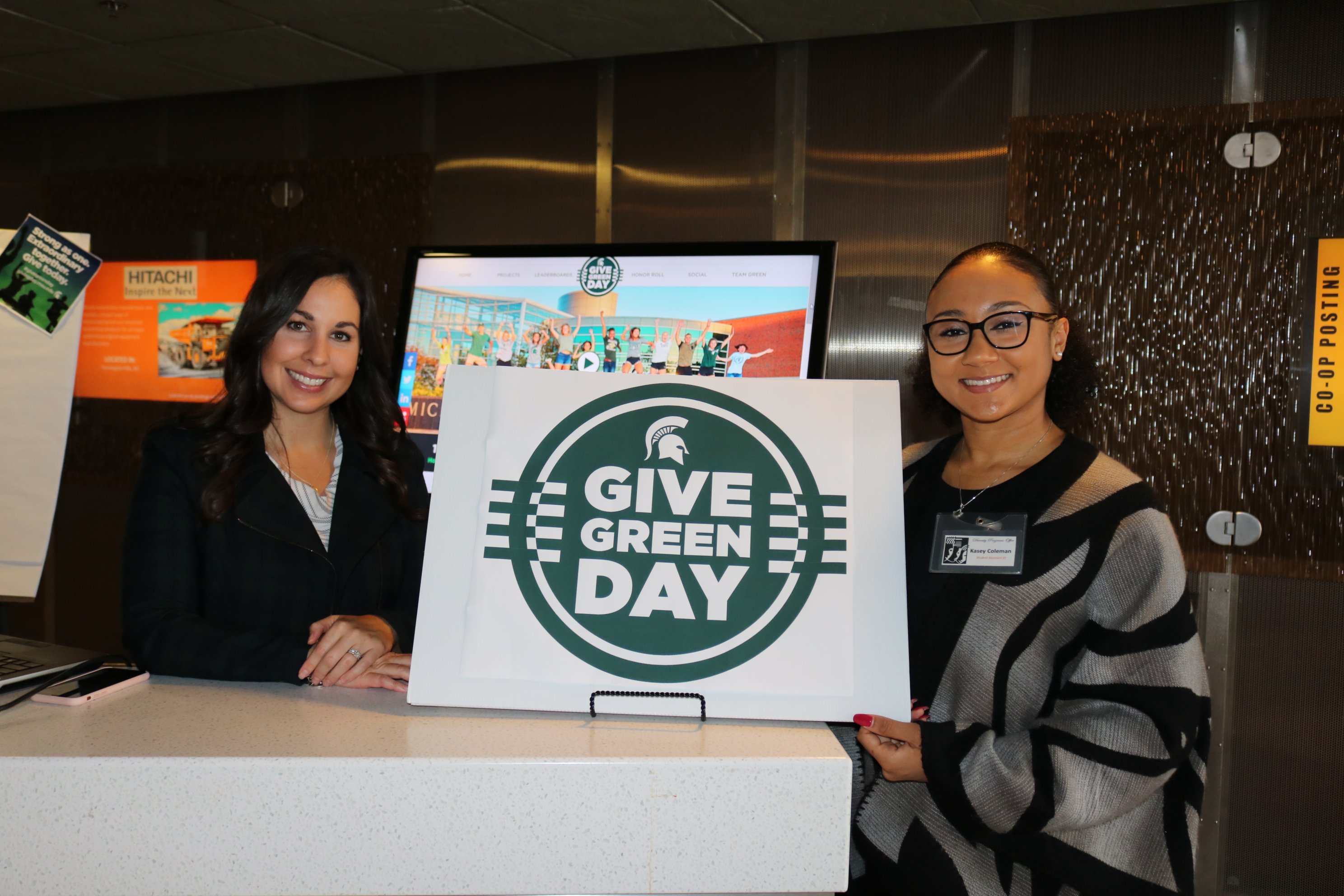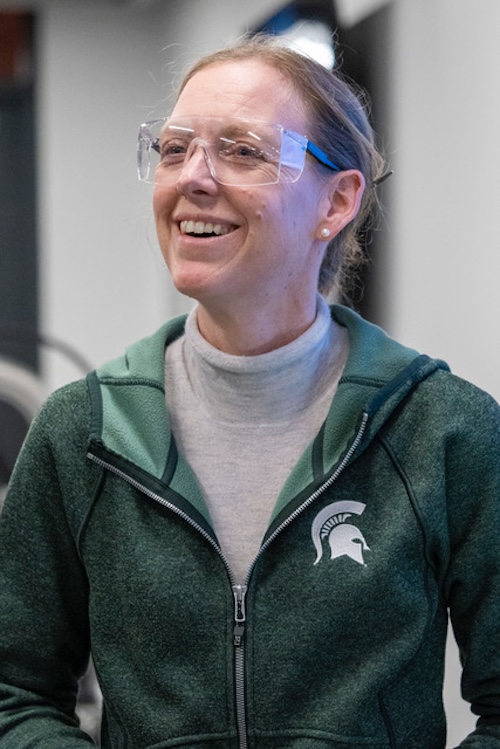In a new-tech classroom on the second floor of Michigan State University’s innovative STEM Teaching and Learning Facility, engineering students are modifying and testing materials by heat treating, stretching and breaking samples. Students investigate the internal structure - the so-called microstructure - of materials that power the engines of industry.
From early Monday to mid-day Friday each week, up to 20 students primarily from materials science and other engineering disciplines gather in the new lab to test metals, polymers, and ceramics.
They are taught in a dual-purpose room (lab and classes) that is furnished with equipment previously dispersed among various engineering teaching laboratories. The Department of Chemical Engineering and Materials Science (ChEMS) designed the space as a single location to fuse segmented disciplines in line with current industry trends and expanding student opportunities.
“There is great synergy between the two degree programs — materials science and chemical engineering,” says Christina Chan, Ph.D., university distinguished professor and interim department chair. “The STEM building encourages the collaboration of the two disciplines.”
The STEM building’s opening in 2021 represented an innovative use of sustainable materials, natural light, and the core of MSU's former Shaw Lane Power Plant. The 150,000-square-foot building’s tall glass windows open the space to panoramic outdoor views.
The new facility’s design is warm and welcoming, says Chan. Its interior is highly visual with exposed ceilings, walls of glass, brick and timber, open girders, metallic light fixtures, and decorative displays of gears. The inside of the old, four-story boiler is a colorful art installation.

It’s also equipping future engineers to combine computational skills with advanced knowledge of the properties and reactions of materials under stress, she says, and that’s an essential hybrid for future engineers. “Engineering is not always theoretical. Engineers need hands-on experience.”
College of Engineering faculty helped plan the new space, mapped out the separation between classroom and labs and even supervised the move of delicate equipment from its various previous locations to unity in the new STEM facility.
“We had labs that were spread all over and across the engineering building,” says Martin Crimp, professor of chemical engineering and materials science, involved in the lab’s planning from its beginning. “When this opportunity came up, we were very fortunate.”
“The new facility is certainly a great recruiting tool,” adds his faculty colleague, Andre Lee, associate professor of chemical engineering and materials science.
The increase in the number of first-year engineering students this year is witness to that, Chan notes. Last fall, 200 students enrolled in materials science classes. Nearly 300 are attending class in the new STEM spaces this fall. Between terms, high school students take part in materials science summer camps and activities.
Students, typically sophomores with a sprinkling of juniors and seniors, learn in a classroom built for collaboration and in two adjacent lab spaces. One lab space is equipped with high-powered microscopes to reveal the microstructure of materials. The other contains a rolling mill and an impact tester to deform and destroy samples. In addition, there is equipment, such as mounting presses, grinders and polishers, to prepare samples for microscope analysis.
The educational space is ideal for learning about materials science, which compels hands-on learning, says Anne Eisenlohr, a teaching specialist who worked in the aeronautics and space industry before joining MSU. She teaches a materials science lab course there, collaborating with all materials science faculty to manage the space. “Materials science is at the basis of everything,” says Eisenlohr.
The classroom space is equipped with four gray tables seating five students each. From a slot at the end of each table, a monitor screen can rise at the push of a button. Center-table outlets and cables give students the ability to charge their devices and connect them to the monitor.
Other monitors are mounted on the walls of the classroom and labs. “The monitors allow you to share data from anywhere to anywhere,” Eisenlohr explains.
The technology also empowers the instructor to provide quick over-the-shoulder feedback, and encourages the students to collaborate on their data analysis and the presentations of their results.
Students also spend time in an adjacent lab designed as a “clean” space. There, sensitive microscopes connected to computers and other test equipment are kept free of contamination. A dress code is in force to ensure safety for students. Legs are fully covered and eyes protected. Closed-toe shoes are required.
In the lab, colorful red, blue and yellow plastic bins hold samples of brass, aluminum, steel, and polymers. Small slabs of metal are fractured or indented by a diamond’s delicate touch.
“You can see and measure the imprint of the diamond under the microscope,” she continues.
The unaided eye can only see dents on the surface or sparkling on fracture surfaces of metal. But in the electron microscope, some broken metal slabs look like the moon’s jagged surface or what’s referred to as “dimples,” the remnants of a fracture. Those jagged edges yield clues as to how metals will actually behave under applied stresses.
“Why is understanding fracture important?” Eisenlohr asks. “Because we want to prevent it.”
Samples are ground and polished so they can be viewed under optical and electron microscopes.
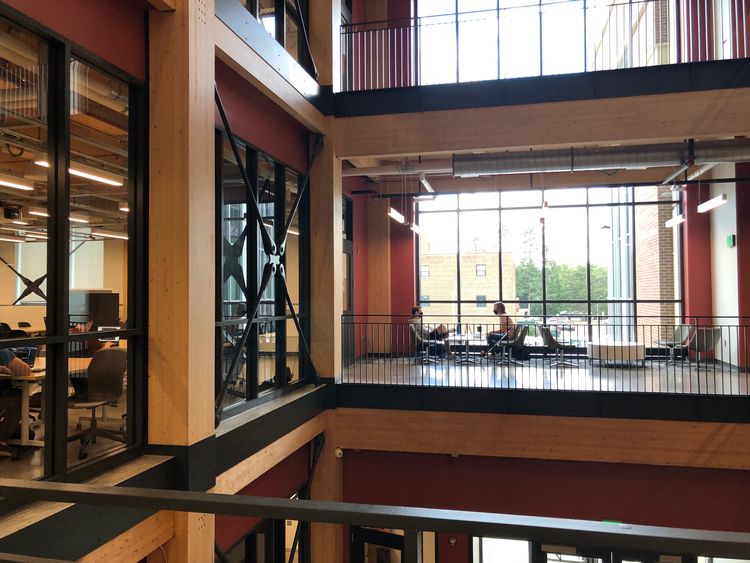
“They are polished and buffed to a mirror, sometimes etched. The scanning electron microscope gives you not just a closer look but a lot more information, such as local chemistry, as well.”
Powerful optical microscopes help metals shimmer like mother of pearl, or appear as stripes, dots, strands of threads or tiny flecks rich in iron or carbon. In the lab next door, a rolling mill allows investigation on highly flattened metal pieces. Furnaces heat samples up to 900°C helping students understand how metals react as they are fired or cooled to the chill of liquid nitrogen, -196°C, so cold it can freeze almost anything it touches.
“When building a car, you want to understand the materials’ reaction under various conditions,” says Eisenlohr. “For instance, you will want to know how much energy a metal can absorb before it breaks so a passenger in the vehicle is protected.”
One student has his own story of success. Eric Harding, one of 26 materials science graduates in the Spring 2022 semester, brought his capstone project — analyzing the failure of a broken bench vice — to a similar challenge at his Detroit-area aerospace engineering job.
“Everything I’m doing at work, I learned in the undergraduate curriculum,” he says. “I came into work and was able to help out right away. I loved the metals work.”
The Royal Oak resident has found materials science inspiring for expanding his career options and understanding.
“It changes the way you look at everything,” Harding observes. ”There’s so much happening in materials science. People are discovering new things every day. All the research that’s being done at MSU — from translucent solar cells to alternative energy — helps you go into any industry you want.”
Story by freelance writer Cindy Kyle. Photos courtesy of Michigan State University.
